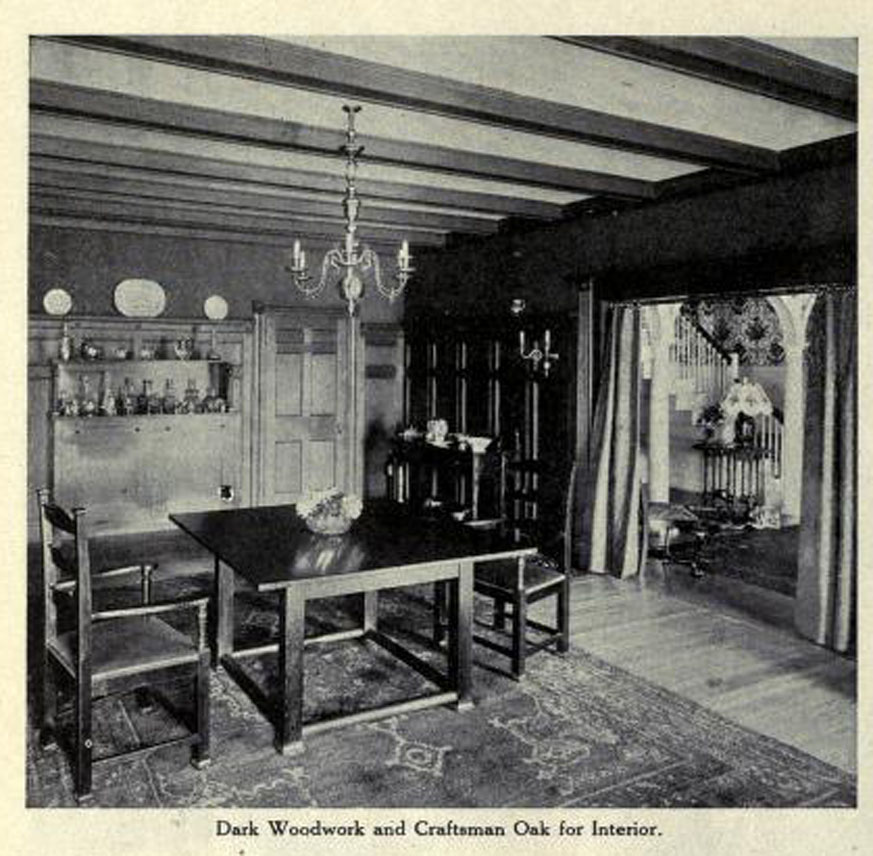Masking the Virus.....Then and Now
ann wallace
Masks as protection from disease have been with us for many centuries. They were ubiquitous of course during the Great Influenza. The classic recognizable shape has not changed much, in spite of technological advances in materials and better protection for front line health care workers.
Nurses making masks in 1918.
We think we’ve developed a better pattern. It is wired so it fits over the nose bridge to prevent glasses from fogging and has a shaped front or “snout” for easier breathing or to fit over an N95 mask. We’ve made it so you can add pockets for coffee filter paper if you like but it provides 3 layers of protection without the addition of a filter. To make your own, use a high quality cotton or cotton poly fabric. A half yard will be more than enough to make a mask and ties. An old high thread count sheet is perfect if you want to make several masks. Wash fabric before cutting.
Click here for a PDF download of our mask pattern
PATTERN INSTRUCTIONS
To make, cut four pieces of the main pattern - two for front and two for back (seam allowance is included in the pattern) and two pieces of the pocket pattern.
Assemble mask back with filter pockets. Turn under the pocket edges 1/4” twice, top stitch hem and press. Make a sandwich of the two pocket pieces between the two back pieces. Remember that the 2 backs and two pockets are right sides together but each pocket piece is wrong side to the right side of its back. Stitch the curved “snout” or center seam with a 1/4” seam allowance. This narrow seam does not need to be clipped. Press seam to one side.
Seam and press center “snout” seam of mask front.
Seam mask front to back at TOP EDGE ONLY with 1/2” seam allowance. Trim seam to 1/4” at center nose curve and clip the rest of the seam.
Turn and press.
Insert five inches of pipe cleaner or other washable flexible wire centered at the nose curve BETWEEN the front and the back on the INSIDE. I like plastic (washable) twisties as they are already cut. Pin in position or simply hold.
Top stitch along top edge from pocket edge to pocket edge, enclosing the wire in a casing. If you find this difficult, sew the casing first and then thread the wire through, stitching both ends when you’re done. Turn mask back inside out and seam bottom edge with a 1/2” seam allowance. Turn mask right side out again.
Make or purchase four feet of tie cording, twill tape or other sturdy material. Turn under mask sides 3/4 inches twice and top stitch. At this point, if you’re making the mask for a specific person, you might do a fitting as people’s face widths can differ quite a bit. Thread the cording through the side casings to make a loop at the mask bottom.
Bottom loop goes over head and around neck. Top goes over ears and ties in back.
Tip: if you wear glasses and can position them like mine OVER the mask, it will minimize fogging.

























